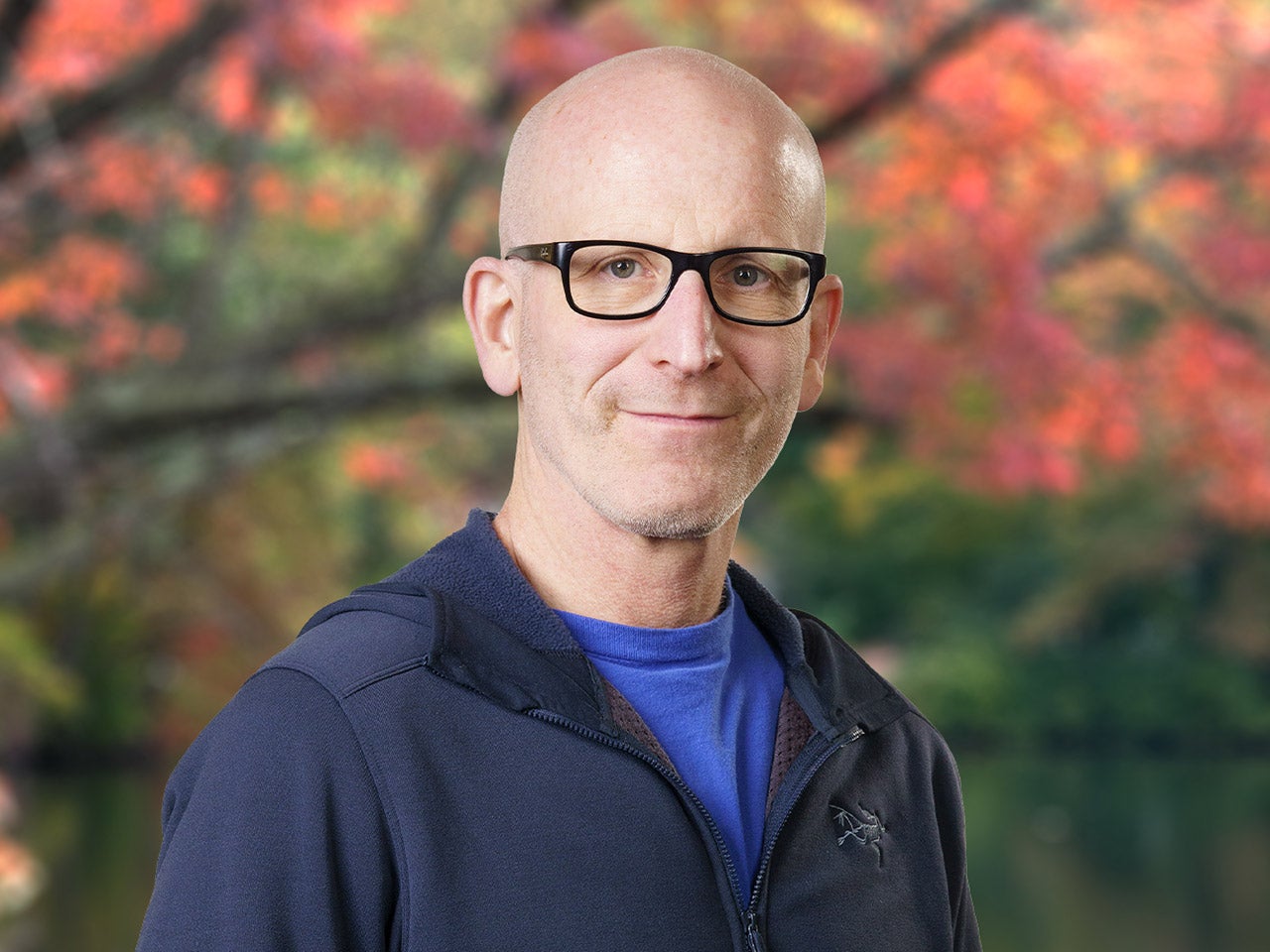Boston, MA and Cold Spring Harbor, NY — The Wyss Institute for Biologically Inspired Engineering at Harvard University today announced a cross-institutional consortium to map the brain’s neural circuits with unprecedented fidelity. The consortium is made possible by a $21 million contract from the government’s Intelligence Advanced Research Projects Activity (IARPA) and aims to discover the brain’s learning rules and synaptic “circuit design,” further helping to advance neurally-derived machine learning algorithms.
The consortium will leverage the Wyss Institute’s FISSEQ (fluorescent in-situ sequencing) method to push forward neuronal connectomics, the science of identifying the neuronal cells that work together to bring about specific brain functions. FISSEQ was developed in 2014 by the Wyss Institute Core Faculty member George Church and colleagues and, unlike traditional sequencing technologies, it provides a method to pinpoint the precise locations of specific RNA molecules in intact tissue. The consortium will harness this FISSEQ capability to accurately trace the complete set of neuronal cells and their connecting processes in intact brain tissue over long distances, which is currently difficult to do with other methods.
To map neural connections, the consortium will genetically engineer mice so that each neuron is barcoded throughout its entire structure with a unique RNA sequence, a technique called BOINC (Barcoding of Individual Neuronal Connections) developed by Professor Anthony Zador at Cold Spring Harbor Laboratory (CSHL). Thus a complete map representing the precise location, shape and connections of all neurons can be generated.
The key to visualizing this complex map will be FISSEQ, which is able to sequence the total complement of barcodes and pinpoint their exact locations using a super-resolution microscope. Importantly, since FISSEQ analysis can be applied to intact brain tissue, the error-prone brain-sectioning procedure that is part of common mapping studies can be avoided and long neuronal processes can be more accurately traced in larger numbers and at a faster pace.
In addition, the scientists will provide the barcoded mice with a sensory stimulus, such as a flash of light, to highlight and glean the circuits corresponding to that stimulus within the much more complex neuronal map. An improved understanding of how neuronal circuits are composed and how they function over longer distances will ultimately allow the team to build new models for machine learning.
Awarded a competitive IARPA MICrONS contract, the consortium will further the overall goals of President Obama’s BRAIN initiative, which aims to improve the understanding of the human mind and uncover new ways to treat neuropathological disorders like Alzheimer’s disease, schizophrenia, autism and epilepsy. The consortium’s work will advance the technological framework used to decipher the principal circuits neurons use to communicate and fulfill specific brain functions. The results could be applied to enhance artificial intelligence in different areas of machine learning such as fraud detection, pattern and image recognition, and self-driving car decision making.
The multi-disciplinary consortium spans 6 institutions. In addition to Church, the Wyss Institute’s effort will be led by Samuel Inverso, Ph.D., who is a Staff Software Engineer and Co-investigator of the project. Complementing the Wyss team are co-Principal Investigators Anthony Zador, Ph.D., Alexei Koulakov, Ph.D., and Je Lee, Ph.D., at CSHL. Adam Marblestone, Ph.D., and Liam Paninski, Ph.D. are co-Investigator at MIT and co-Principal Investigator at Columbia University, respectively. The Harvard-led consortium is partnering with another MICrONS team led by Tai Sing Lee, Ph.D. of Carnegie Mellon University as Principal Investigator under a separate multi-million-dollar contract, with Sandra Kuhlman, Ph.D. of Carnegie Mellon University and Alan Yuille, Ph.D. of Johns Hopkins University as co-Principal Investigators. They will develop computational models of the neural circuits and a new generation of machine learning algorithms by studying the behaviors of a large population of neurons in behaving animals, as well as the circuitry of the these neurons as revealed by the innovative methods developed by the consortium.
Written by: Benjamin Boettner, Wyss Institute | benjamin.boettner@wyss.harvard.edu | 917-913-8051
About The Wyss Institute
Wyss Institute for Biologically Inspired Engineering at Harvard University uses Nature’s design principles to develop bioinspired materials and devices that will transform medicine and create a more sustainable world. Wyss researchers are developing innovative new engineering solutions for healthcare, energy, architecture, robotics, and manufacturing that are translated into commercial products and therapies through collaborations with clinical investigators, corporate alliances, and formation of new startups.
Principal Investigator

Anthony Zador
Professor
The Alle Davis and Maxine Harrison Professor of Neurosciences
M.D., Ph.D., Yale University, 1994